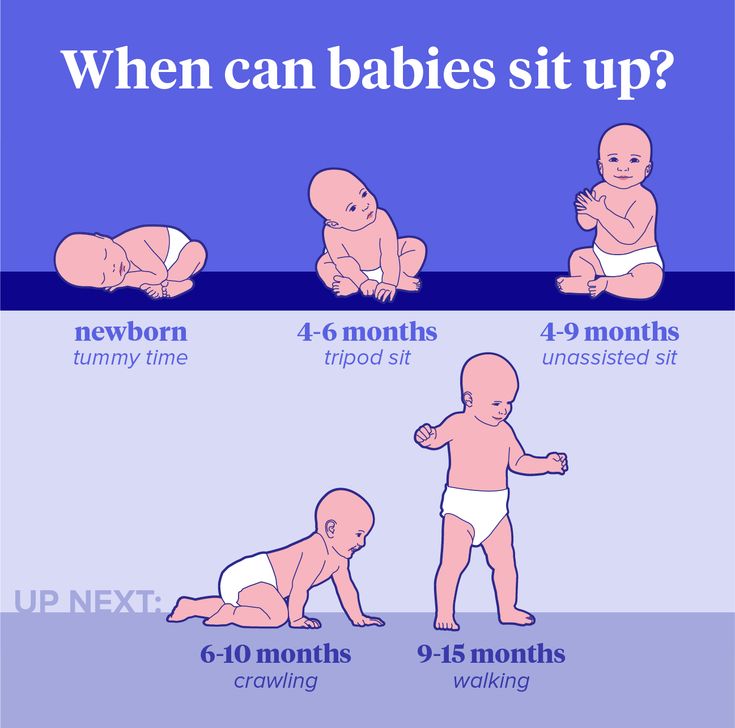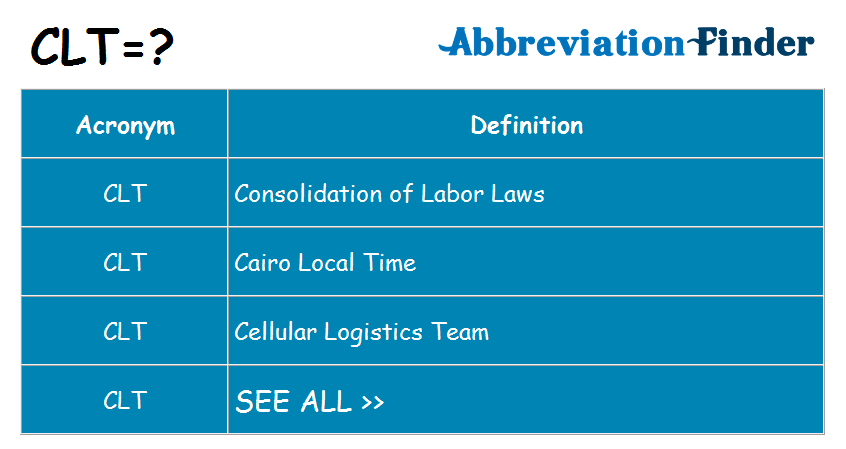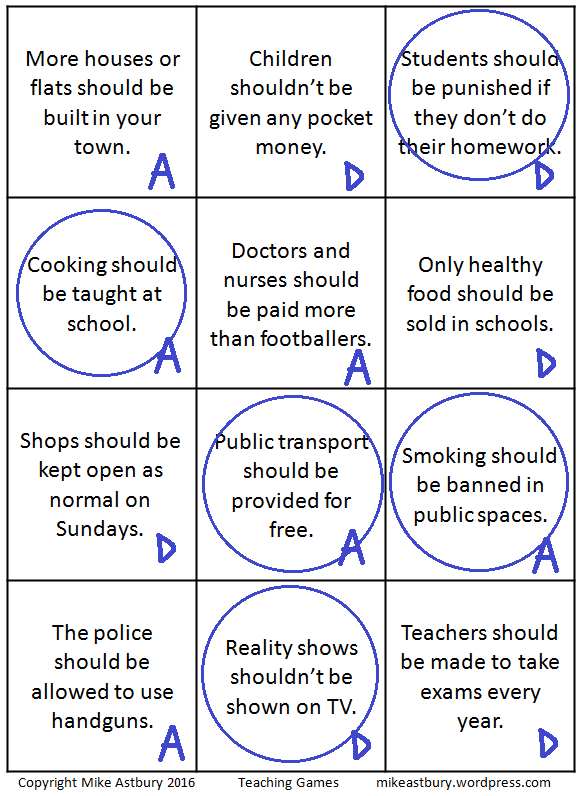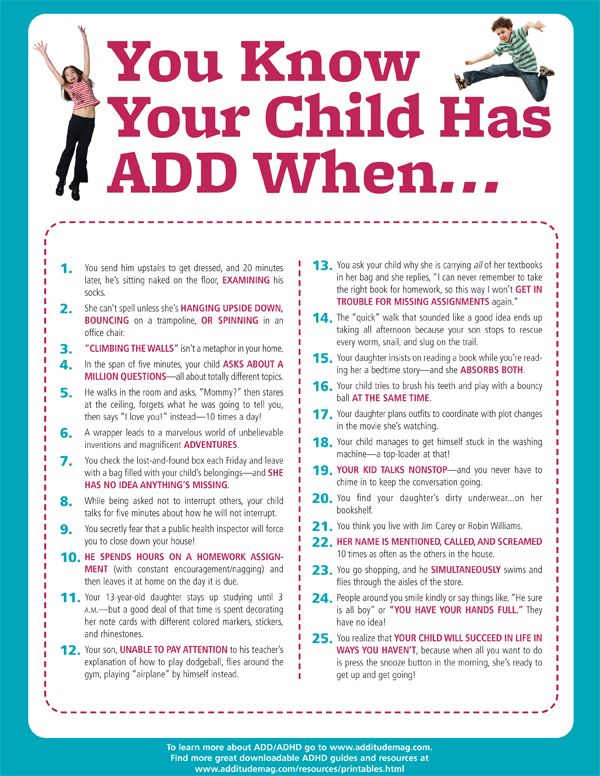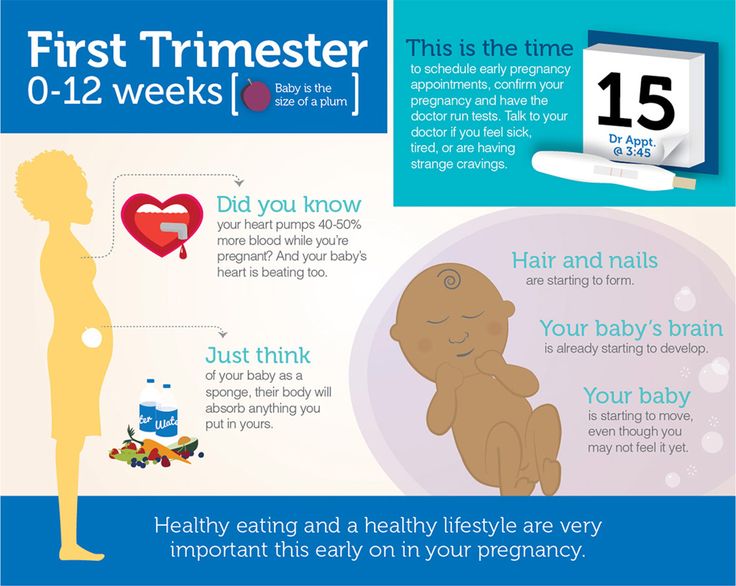When can my newborn start tummy time
When to Start Tummy Time and How to Do It
Tummy time is an important and exciting time during baby’s early development— but between the fun times and big milestones, tummy time brings a lot of questions. We’re here to help breakdown tummy time for all the moms and dads out there with our guide on when to start tummy time, what to do, and other tummy time tips.
Looking for information on a specific tummy time topic? Click the links to navigate to each section.
- What is Tummy Time?
- Benefits of Tummy Time
- When To Start Tummy Time with Baby
- How To Do Tummy Time
- Floor Time
- Tummy-to-Tummy
- Lap
- Tummy-Down Carry
- Creating a Safe Space for Tummy Time
- Tummy Time Activities
- How Much Tummy Time
- What if Baby Hates Tummy Time?
- Tummy Time Milestones
- 1 Month Milestones
- 2 Month Milestones
- 3 Month Milestones
- 4 Month Milestones
- 5 Month Milestones
- 6 Month Milestones
- Beyond 6 Months— What’s Next?
- Other Tummy Time Tips
- Tummy Time Takeaways
Tummy time is a time to guide your baby to play, learn, and grow by encouraging them to spend a little time on their tummy. Incorporating 10-15 minutes per day and building up from there will help your child gain important strength and motor skills. There are many different activities parents can practice with their infant during tummy time— and as your baby becomes more comfortable, it will become a natural position for them, and help them learn to crawl, stand— and eventually walk.
Newborns spend a lot of time on their backs during their first moments of life— and when they’re not lying down, you’re likely carrying or swaddling your baby. In order to develop strength in their neck, back, and general upper body, there are many benefits of tummy time play with your little one.
Spending some time on their belly will help baby start to recognize and practice movements to get them ready to crawl, stand, and eventually walk. Prepping for these big milestones makes tummy time so important for baby’s development. Not only does tummy time help develop baby’s motor skills, it also helps to prevent creating flat spots on their head from lying down too much. After the American Academy of Pediatrics (AAP) launched their “Back to Sleep Campaign” in 1994, they cut the Sudden Infant Death Rate (SIDS) rate by nearly half. While they did initiate safe sleeping practices for babies, parents did encounter an unexpected outcome with the appearance of flat spots on infants heads when too much time was spent lying down. This discovery has made tummy time an even more important activity with many benefits for baby. Practicing tummy time with baby also introduces them to new sleeping positions when they’re ready to safely roll over during sleep.
After the American Academy of Pediatrics (AAP) launched their “Back to Sleep Campaign” in 1994, they cut the Sudden Infant Death Rate (SIDS) rate by nearly half. While they did initiate safe sleeping practices for babies, parents did encounter an unexpected outcome with the appearance of flat spots on infants heads when too much time was spent lying down. This discovery has made tummy time an even more important activity with many benefits for baby. Practicing tummy time with baby also introduces them to new sleeping positions when they’re ready to safely roll over during sleep.
Researchers at Michigan State University have found that babies who have practiced tummy time and even practiced walking motion on a baby treadmill walk about 101 days earlier than babies who don’t. Besides being an important start to baby’s motor skills development, tummy time is also a special time to connect with your little one and spend some nurturing time together.
- Build upper body strength
- Development of motor skills
- Prevent the development of flat spots on baby’s head
- Encourage timely growth
- Expose baby to new sights and textures
- Let them use hand motor skills for holding, reaching, and grabbing
- Foster a sense of independence and taste for learning
- Spending important nurturing time with baby
Now that you know the many benefits of tummy time, it’s time to jump into the details! Let’s discuss when to start tummy time, how to do tummy time, what to do if baby doesn’t like tummy time, and talk about some amazing tummy time activities.
As with many parental guidelines, there’s not really a “one-size-fits-all” timeline for when to start tummy time. Every baby and parent is different and there’s no specific “tummy time age”, so keep this in mind here and throughout baby’s milestones. The American Academy of Pediatrics says parents can start tummy time as early as their first day home from the hospital. Start practicing tummy time 2-3 times each day for about 3-5 minutes each time, and gradually increase tummy time as baby gets stronger and more comfortable. Starting tummy time early can help avoid having baby fuss about tummy time. By the time they are 3 months old, expert Dr. Cindy Gellner says your baby should be working up to about an hour of time on their tummy. Good times to practice tummy time include when baby wakes up from a nap, after a diaper change, or after bath time.
How To Do Tummy TimeThere are many different ways you can help baby practice spending time on their tummy.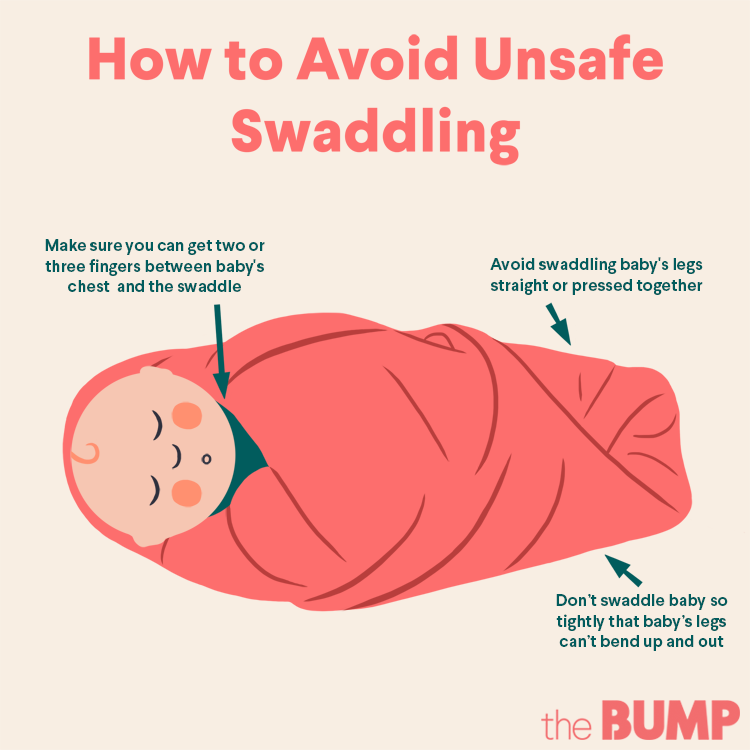 Tummy time doesn’t have to always mean lying down— have some fun with it and mix it up. Changing up positions, scenery and activities is important to keeping baby engaged and interested. Plus, it’s fun for parents too! Try to get both parents involved during tummy time to maximize time and make baby comfortable with tummy time with each parent. Here are some infant tummy time tips to get you started!
Tummy time doesn’t have to always mean lying down— have some fun with it and mix it up. Changing up positions, scenery and activities is important to keeping baby engaged and interested. Plus, it’s fun for parents too! Try to get both parents involved during tummy time to maximize time and make baby comfortable with tummy time with each parent. Here are some infant tummy time tips to get you started!
Setting up a space in your living room or in baby’s nursery for tummy time is an easy and natural way to get started. When you and baby are first experimenting, place a small, firm pillow supporting their tummy in a “superman” style position with their arms extended out in front of them. Be sure to interact a lot with baby during this time. It’s a new experience and can feel a little bit uncomfortable at first, so making baby feel comfortable and safe is really important to having a successful tummy time practice. If you’re doing floor time, try laying down with baby eye-to-eye. It will be helpful for baby to see your face and make them feel reassured and having fun. Our travel crib features a side access door that works perfectly for tummy time! Lay right next to baby and watch them grow with each moment.
It will be helpful for baby to see your face and make them feel reassured and having fun. Our travel crib features a side access door that works perfectly for tummy time! Lay right next to baby and watch them grow with each moment.
Another great tummy time position is the tummy-to-tummy approach. Try laying down on your back and placing baby tummy-side down on your own stomach or chest. Encourage baby to look around and build neck muscle and upper body strength by moving a toy in front of their face, or having your partner move about the room. Place a mobile above them to encourage baby to look up. Tummy time functions as a mini-workout for your baby, so make sure you mix things up and are moving around plenty to help baby develop their strength and motor skills.
LapLie baby across your lap with one knee higher than the other supporting baby’s chest, with one hand baby’s back to let them know you’re there. Gently rub baby’s back to soothe them during tummy time. You can even use some baby oil or natural lotion to make tummy time even better!
You can even use some baby oil or natural lotion to make tummy time even better!
Carrying baby upright can end up being uncomfortable for you, and baby— so practicing tummy time with a tummy-down hold is a great thing for both of you! With this technique, use one hand to support baby’s chest with your arm between the legs. Use your other hand to support baby’s head and shoulders, nestling baby close to you. This is an easy way to squeeze in some important tummy time throughout the day and on-the-go. Encourage your partner to practice this carry too so you can make sure baby is getting as much tummy time as possible!
Creating a Safe Space for Tummy TimeWhether you’re having fun with floor time, or practicing tummy time with baby on your lap, creating a safe and comfortable space for baby to play on his tummy is super important. Here are some guidelines for how you can create a safe and fun space for your baby to learn and grow with you.
- Make sure whatever surface you’re playing on is clean and free of small or dangerous objects.
- Set up a comfortable pad if you have one (if not, carpet will supply enough plush).
- Lay down a soft blanket or sheet, but make sure it doesn’t slide around too much as baby moves around.
- Line the space with pillows— this is also a great way to encourage baby to use his strength to climb over pillows when he gets to crawling, and can help baby practice rolling on their own.
- Make it fun! Set out some of baby’s favorite toys, fun things to look at like mobiles or patterns are great.
Now that you’ve got an ultra cozy space to spend your tummy time, it’s time to get to work! Let’s go over some fun tummy time activities you can practice with baby during their birth to 3 month stage, 3-6 months, and 6 months and beyond.
Birth to 3 months tummy time activitiesBuild up from 20-30 minutes (or more) during baby’s first three months to get them ready for an hour of tummy time in their third month.
- Tummy-to-Tummy time
- Eye-level smile
- Try singing a lullaby to baby during your tummy-down carry
By the end of their third month, baby should be able to spend about an hour of time throughout the day on their belly. If you’re not here yet, just be patient and keep working on it!
- Use toys to guide baby’s head to move around and build neck strength.
- Use a rolled up blanket or pillows to adjust baby’s height and encourage motor skills.
At six months, you’ll really see baby’s strength and motor skills improve. This can make tummy time an even more fun and exciting experience for both of you! Incorporating more toys and different motions will really start to take place in these months.
- Using your hands to support baby under their chest, guide baby up and down while on their belly, like a baby push-up! This will help them practice them gain strength and coordination in their hands and arms to support themselves for short periods.
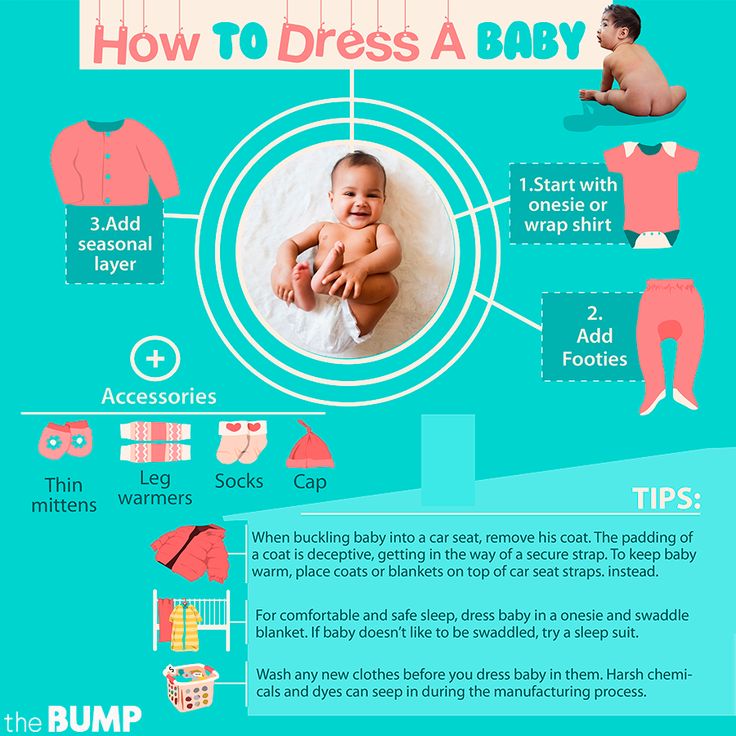 You can even practice baby push-ups in a bassinet if you’ve got a comfortable hold on baby. This can be much more comfortable for parents and a nice change from floor time.
You can even practice baby push-ups in a bassinet if you’ve got a comfortable hold on baby. This can be much more comfortable for parents and a nice change from floor time. - Practice rolling using toys to encourage baby to roll over and reach for their toys. A small, soft pillow can also be placed next to baby to support them and give them a little leverage as they start to roll.
Tummy time may vary depending on your baby’s adjustment period and your schedule— but trying for 10-15 minutes per day as they start out, work your way up to 20-30 minutes per day— eventually reaching an hour per day by the time baby is 3 months old. You and baby will feel it out together, just pay attention to those tummy time milestones and see how baby is liking tummy time. Try your best to set up a regular time for tummy time if you can, this will help baby get used to tummy time. In addition, make sure to alternate baby’s position and direction throughout playtime.
If baby is not quite comfortable with tummy time at the start, read on for tips on how to make this transition easier and more fun for both of you!
What if Baby Hates Tummy Time?Despite its importance, tummy time isn’t always as easy as setting up playtime on a soft blanket and some pillows. Not every baby will enjoy spending time on their tummy— imagine if someone adjusted your position without you expecting it! But even if baby gets fussy, it’s important to continue working on this as it’s so important in your baby’s development. If baby starts crying, try your best to let them work through it and don’t pick them up immediately. And mamas, don’t worry if this is you, it’s totally normal and common for babies to need some adjustment time. Being patient and knowing that every baby is different will help you get through these challenging moments with your little one.
If you feel like you’ve run out of ideas to help baby out during tummy time— we’re here to help! Here are a few tips to help you and baby adjust to tummy time:
Lay down with baby
Baby may be fussy because he’s nervous about being away from mom. Try getting down to baby’s eye level and making silly faces, showing them toys, or even playing a little game of peek-a-boo. Showing baby you’re there by talking and interacting with them will make the process a little easier and a lot less scary.
Try getting down to baby’s eye level and making silly faces, showing them toys, or even playing a little game of peek-a-boo. Showing baby you’re there by talking and interacting with them will make the process a little easier and a lot less scary.
Practice tummy time with a pillow or blanket
The belly-supporting pillow technique we mentioned earlier is a great way to start out, and can be super helpful if your baby isn’t really loving hanging out tummy-down. Place a soft, but firm pillow supporting baby’s chest and tummy— or use a rolled-up blanket. If you’re using a blanket, start small and increase the size of the roll as baby gets more comfortable spending more time on their belly.
Try tummy time on the bed
Sometimes baby is just not comfy on the floor. You can try practicing tummy time on a bed instead as long as baby is awake and supervised. Note that with a squishier and higher surface, you’ll need to watch baby even more carefully.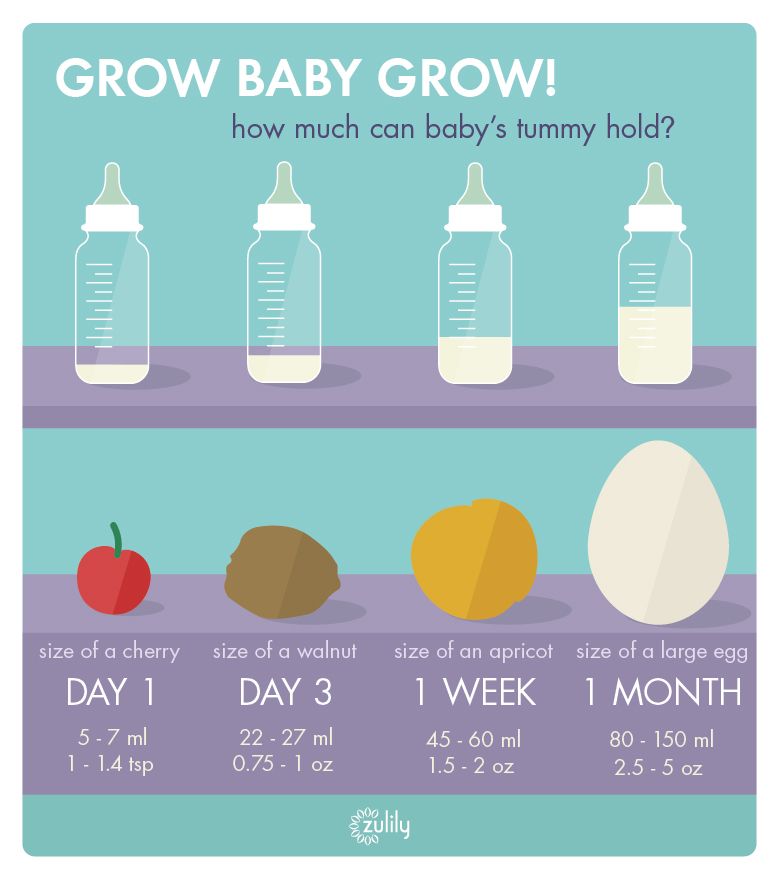
Before you go to pick baby up at the sound of their first tummy time cry, wait it out for a moment and try comforting them in other ways. Make sure they know you’re close by talking or singing to them, rubbing their back or head, and maintaining skin-to-skin contact.
Experiment with side-lying
If baby isn’t feeling this whole inverted world view thing at first, try side-lying. This is a great alternative to tummy time and can have similar benefits. Place baby on their side and use a blanket or rolled-up towel to support their side. Both hands should be in front of her, with her legs forward and knees slightly bent. Use a toy to catch baby’s attention and encourage her to turn her head.
Relax
Yes, tummy time is important to achieving baby’s developmental milestones, but if they’re just not taking to tummy time, baby (and you) shouldn’t have to be miserable. If your baby is really not feeling it, try your best for 30 minutes a day— alternating between carries and other tummy time positions. Work in other exercises to help build baby’s upper body strength like encouraging their neck to move around when you’re holding them or as they lie down. Use your parental intuition— if you think something’s up, don’t hesitate to talk to your doctor.
Work in other exercises to help build baby’s upper body strength like encouraging their neck to move around when you’re holding them or as they lie down. Use your parental intuition— if you think something’s up, don’t hesitate to talk to your doctor.
It’s amazing how much you’re seeing baby grow with each new day— and tummy time has a huge impact on baby’s physical development. This means you’ll see some serious milestones as you incorporate this practice into your daily routine. Here are some of the amazing milestones month-by-month you can expect to see as they practice and play on their tummy.
1 Month Milestones- Baby will begin to turn head during tummy time.
- Baby will start or try to lift their head up for short periods.
- They’ll start to feel comfortable with either cheek down.
- Arms will start to extend further from their body during tummy time.
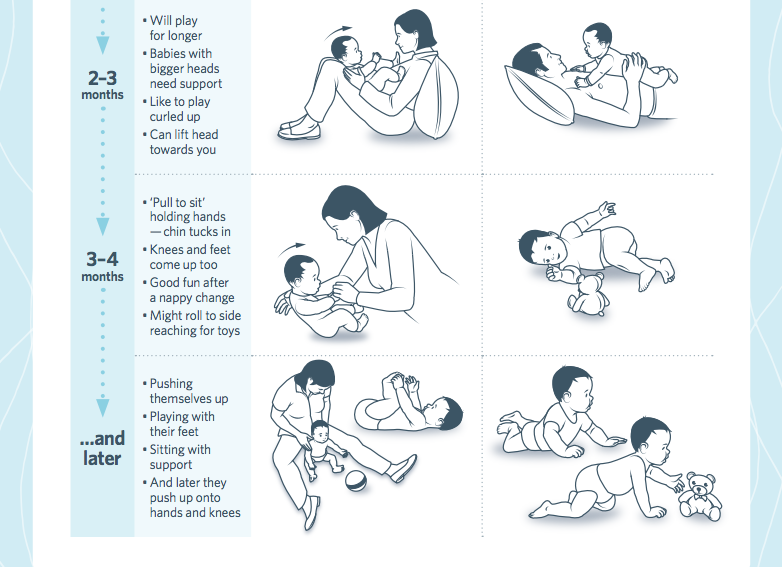
- Legs will begin to alternate between straightened and bent.
- Baby will start to press their hands down to push their shoulders and chest up slightly.
- Spends about 1 minute on their tummy without fussing— with tummy sessions throughout the day.
- Starts to gain head control with increased movement.
- Can lift head between 45 and 90 degrees.
- Places elbows under or in front of their shoulders for most of tummy time.
- Baby begins to lift shoulders more easily.
- Baby lifts and holds head steady at 90 degrees.
- Uses forearms to lift upper chest.
- Lifts arms and legs from the floor and rocks— like a mini superhero.
- Starts to push up with straightened elbows.
- May start moving hands to reach for toys placed in front of them.
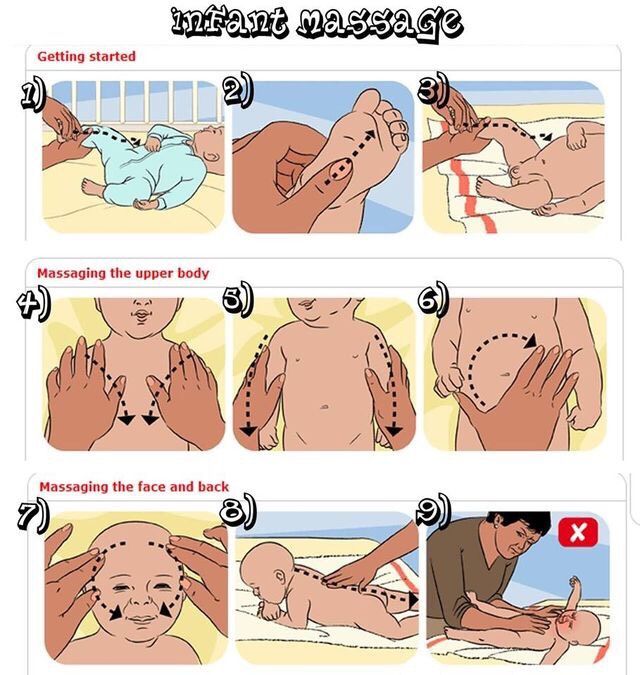
- Increased balance and stability as baby pushes up to lift their chest.
- Baby starts to pivot in a circle during tummy time— toys are key to achieving this move!
- Baby should show signs of more comfort on their belly, and may even prefer it.
- Baby rolls from back to tummy and tummy to back.
- Can reach for toys with at least one arm.
- May be able to lift past their chest when using their arms to push up.
Woah! You’ve seen so much growth and movement in these last few months— but tummy time isn’t over just yet! After about 6-7 months of tummy time, baby will likely start to prefer time on their belly, but you may still need to give them a little guidance by continuing to facilitate tummy time. Unrestricted playtime is important to helping baby learn and develop too— but if you’re seeing they still like to spend time on their back, give them a little help by alternating their positions and direction.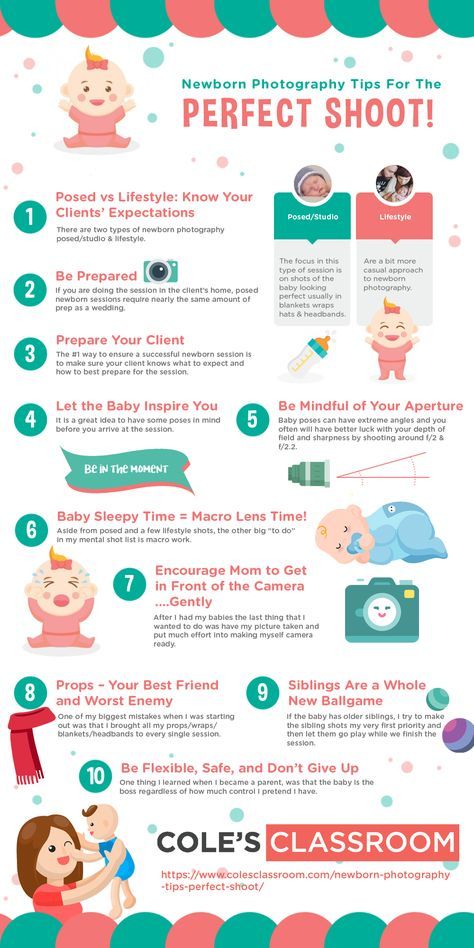 Once they’re totally comfortable, this will become a natural path for them as they start to crawl, and walk soon!
Once they’re totally comfortable, this will become a natural path for them as they start to crawl, and walk soon!
Now that we’ve talked about why tummy time is important, gone over some tummy time techniques, and what milestones you can expect, let’s go over some other helpful tips to make the most of tummy time!
- Dress baby in slightly loose-fitting, comfy clothes that allow for plenty of movement.
- Alternate which direction you lay baby in when you place them in their crib during bed time. This can encourage them to alternate which way they look out of the crib, helping build neck strength.
- Pick up your baby often! Not only is holding your baby important to connecting with your child, it also limits the time they spend laying down.
- Always place baby on their back during sleep— only practice tummy time when baby is awake and supervised.
The most important thing to remember about tummy time (and parenting in general), is it’s a process.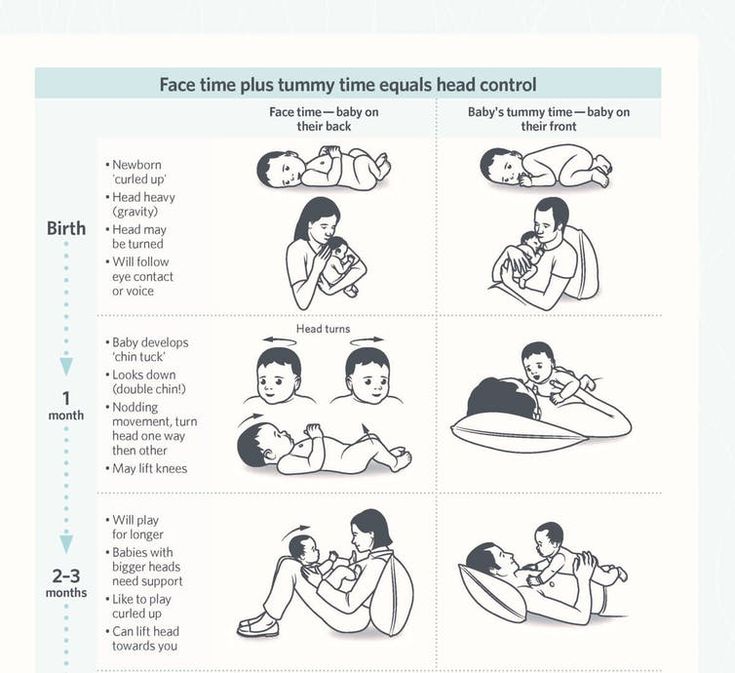 Not all babies or parents are the same, and that’s what makes this world so great. Enjoy these sweet moments with your baby and have fun celebrating each milestone! Have more tummy time tips? Share this post with your favorites!
Not all babies or parents are the same, and that’s what makes this world so great. Enjoy these sweet moments with your baby and have fun celebrating each milestone! Have more tummy time tips? Share this post with your favorites!
Tummy Time (for Parents) - Nemours KidsHealth
Reviewed by: Mary L. Gavin, MD
en español Posición boca abajo
What Is Tummy Time?
Tummy time is laying babies on their stomachs for brief periods while they're awake. It's an important way to help babies strengthen their neck and shoulder muscles, and improve motor skills.
Be sure to stay with your baby and watch closely during tummy time.
What Can Tummy Time Help With?
Tummy time is good for:
- Newborns and infants 1–3 months old who are just developing neck control. Tummy time helps develop the muscles they'll need to roll over, sit up, crawl, and walk. Always stay with your baby during tummy time.
- Older babies, 4–7 months old. They should still spend some supervised time on their bellies, even if they can roll over and sit with some help.
 Tummy time helps them practice lifting their head and chest further by straightening their arms. This strengthens arm, chest, and back muscles.
Tummy time helps them practice lifting their head and chest further by straightening their arms. This strengthens arm, chest, and back muscles. - Newborns who have a neck condition called torticollis (tor-ti-KOLL-iss). Tight neck muscles keep the baby from turning their head. Tummy time encourages babies to look around, and along with exercises your doctor will show you, can help your baby's neck muscles relax.
- Babies with flat head syndrome (positional plagiocephaly). This happens when babies spend too much time on their backs in the first few months of life. This can cause a flat spot, either on one side or the back of the head.
How Do I Do Tummy Time?
Newborns
Start newborns on tummy time by placing them belly-down on your chest or across your lap for a few minutes at a time, two or three times a day. While lying on their belly, they can practice lifting their head and strengthening the neck and shoulder muscles. As your baby gets used to it, you can go for a little longer.
Older Babies
Place a blanket down in a clear area on the floor. Place your baby on their stomach on the blanket for 3–5 minutes to start, several times each day. Your baby may get fussy and frustrated in this position. Keep the first sessions of tummy time brief and gradually lengthen them. It's also a good idea to do tummy time when your baby is fed, changed, and happy.
As your baby gets used to it, place your little one belly-down more often or for longer periods of time. Experts recommend that babies work up to about 1 hour of tummy time a day by the time they're 3 months old.
Make some noises or shake a rattle to get your child to look up and push up. Place a favorite toy in front of your baby to encourage reaching and forward movement.
Babies With Torticollis or a Flat Spot
This exercise is good for babies with torticollis and/or a flat spot, and can help treat both problems:
- Lay your baby on your lap for tummy time.
 Position your baby with their head turned away from you. Then, talk or sing to your baby. Encourage your little one to turn and face you. Do this exercise for 10–15 minutes.
Position your baby with their head turned away from you. Then, talk or sing to your baby. Encourage your little one to turn and face you. Do this exercise for 10–15 minutes.
What Else Should I Know?
- Always stay with your baby during tummy time.
- Always place babies on their backs (never on their bellies) to sleep to help prevent SIDS (sudden infant death syndrome).
- Do tummy time on a low, safe surface. Don't put your baby on a sofa or bed, where they could roll off or suffocate on pillows or a soft surface.
If your baby doesn't seem to enjoy tummy time, add some variety. Sing songs, keep colorful toys nearby, get down on the floor and eye-to-eye with your baby, and have others join you. Don't give up! Tummy time is important, and some babies just need a little extra time to get used to it.
Reviewed by: Mary L. Gavin, MD
Date reviewed: October 2019
Pediatrician Olga Ustinova, answering questions from TIA readers, told how to swaddle, apply to the breast and lay the newborn on the stomach
May 22 Chief physician of the Children's City Clinical Hospital No. 1, doctor of the highest category, candidate of medical sciences, pediatrician, gastroenterologist Olga Ustinova in an interview with TIA spoke about the nutrition and digestive problems of a child in the first year of life. Readers have asked many questions in the comments. Answering a question from a reader marusya, Olga Ustinova told whether it is necessary to swaddle babies and how to do it correctly, how to lay a newborn on her stomach and how to hold a baby while breastfeeding. nine0005
1, doctor of the highest category, candidate of medical sciences, pediatrician, gastroenterologist Olga Ustinova in an interview with TIA spoke about the nutrition and digestive problems of a child in the first year of life. Readers have asked many questions in the comments. Answering a question from a reader marusya, Olga Ustinova told whether it is necessary to swaddle babies and how to do it correctly, how to lay a newborn on her stomach and how to hold a baby while breastfeeding. nine0005
Swaddling
Mothers quite often ask the question: "Is it necessary to swaddle a newborn?". Here it is necessary to decide individually with each child. If the baby is very active, then in the first 4 months of life, when the physiological hypertonicity of the limbs persists, it is better to swaddle. But, for example, from two months you can only swaddle the legs, leaving the baby's arms free. The child wants to move, especially from the age of three months, they begin to reach for rattles, and parents should not interfere with development.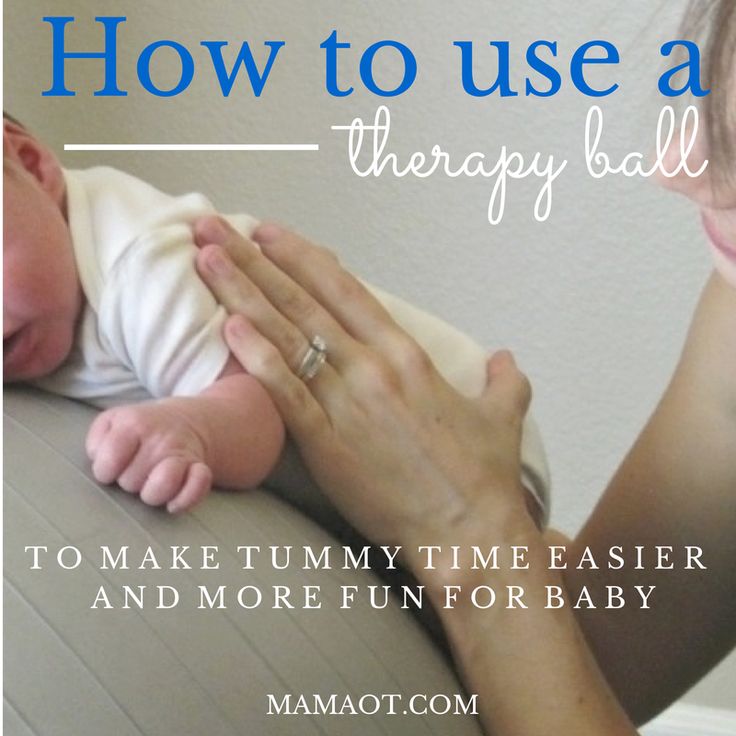 There are children who from birth do not want to lie in diapers, but want to freely place their arms and legs in the crib, they easily get used to vests and sliders. Mom will see this right away, you should not go across such a desire of the child. nine0005
There are children who from birth do not want to lie in diapers, but want to freely place their arms and legs in the crib, they easily get used to vests and sliders. Mom will see this right away, you should not go across such a desire of the child. nine0005
How to swaddle your baby
You need to swaddle slowly, without sudden movements.
Place two diapers on the changing table, one on top of the other. We will fix the legs with the top diaper.
The child lies on the back, on diapers. The arms are movable.
We stretch the legs so that it is comfortable for the child.
We wrap the right edge of the upper diaper around the right leg, the left - around the left. nine0019 We bend the lower end of the diaper and wrap the legs around them, we make a kind of cocoon in which the baby will be warm and comfortable.
Then we wrap the handles with the bottom diaper. We stretch the right handle along the body and wrap the diaper around the body. Then we repeat everything with the left handle. Next, lift the torso of the baby from below and wrap it.
We stretch the right handle along the body and wrap the diaper around the body. Then we repeat everything with the left handle. Next, lift the torso of the baby from below and wrap it.
A swaddled baby is comfortable to feed and hold in a column
Pediatrician Olga Ustinova, together with Ekaterina Filatova, a nurse from the neonatal pathology department of the Children's City Clinical Hospital No. 1, showed how to properly position a child in a column so that the baby burps up. nine0005
- Sometimes the air leaves quickly, but sometimes the mother has to wait. Breathing or spitting up (when air comes out with breast milk or formula) is accompanied by a characteristic sound. We are waiting for the air to come out twice, after which the baby can be put in the crib. The newborn sleeps without a pillow, the head must be turned to one side, changing side after each feeding (either to the left or to the right).
It is better to breastfeed your baby while sitting rather than lying down
From the point of view of the physiology of the child, during breastfeeding, the mother should sit, not lie down.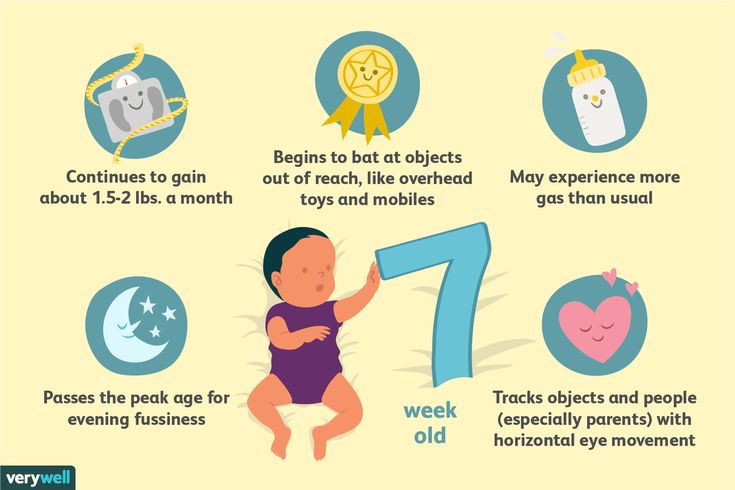 Doctor Olga Ustinova and nurse Ekaterina Filatova told and showed how to properly hold the baby during breastfeeding.
Doctor Olga Ustinova and nurse Ekaterina Filatova told and showed how to properly hold the baby during breastfeeding.
- The baby's head and neck are on the mother's arm. In contact with the mother's body, feeling her warmth, the baby relaxes and begins to actively open his mouth, making sucking movements. He is ready to eat. The baby begins to suck, the semi-horizontal position helps the milk reach the stomach faster. If the mother has no medical contraindications to sitting feeding, then this position will be optimal. For her own convenience, a woman can put a bench under her foot, put pillows under her elbow and back. The time the baby is at the breast is 10-15 minutes, if the baby sucks sluggishly, then up to half an hour, you should not keep it at the breast longer, otherwise it will become a habit for the baby. Instead of getting used to resting in his crib, the baby will become tame and it will not be easy to wean him from this. nine0032
How to lay the baby on the stomach correctly
It is possible to lay the baby on the stomach from the age of 3 weeks: we start from half a minute and, observing the reaction of the baby, gradually increase the time of lying on the stomach. This position helps the child clear the gastrointestinal tract of excess air.
The most delicate part of the body of a newborn baby is the cervical spine. With one hand we hold the neck, with the other - the stomach and chest - carefully turn the baby on the stomach. We help to turn the head to the left, to the right (alternate side before each feeding) so that the spout does not rest against the surface. Lie down, again fix the neck, tummy and turn over on the back. If the child does not like to lie on his stomach, he reacts to the coup with a cry, you need to contact your pediatrician, a neurologist. Such a reaction may be the result of an injury to the cervical spine. nine0005
nine0005
The older the child, the more actively he moves. After three months, the baby should not be turned over on his stomach, but helped him to roll over on his own, thereby motivating him to completely independent rollover.
By the age of three months, the baby already holds the head well enough. To turn it on the tummy, gently pull it by the handle, helping from the back, turn it on its side. First, the child can lie on his side, then further we help him roll over on his stomach. In the same way, we turn it back on the back. At this age, the child himself turns his head where he wants, but to bring the handles forward so that the child is comfortable, the mother should help. While the child lies on his stomach and takes air baths, the mother can stroke him and give him a massage of the feet, legs, hips, back, arms. Air baths for a baby are also hardening. nine0005
Tags: Olga Ustinova, Children's City Clinical Hospital No. 1, swaddling, how to swaddle correctly, whether it is necessary to swaddle, how to lay the baby on the stomach
1, swaddling, how to swaddle correctly, whether it is necessary to swaddle, how to lay the baby on the stomach
If you find a mistake, please select a text fragment and press Ctrl + Enter We are in touch Viber or WhatsApp +79201501000
Blog - Post
On Friday, December 2nd, we had a St. Nicholas Chat. Physiotherapist Jolanta Kawiecka-Macheevska answered parents' questions related to the healthy movement of babies. We will tell you how to do the exercises, what to avoid. How to set up a safe space. nine0005
1. Question: A six-month-old baby wants to sleep on his stomach at night. It constantly flips. But I'm afraid he'll sleep like that. What is the opinion?
Expert answer: Anna, the baby can sleep on the tummy, but you should pay attention:
- Does he raise his head, lying on his stomach, even during the day.
This may indicate various problems with muscle tension. Please ask for more details, such as if he keeps his head upright when he tries to sit up. nine0005
nine0005
Babyono baby spends a lot of time on his stomach, he likes to play like that. After visiting a physiotherapist, no problems with tension or asymmetry were found.
Expert answer: We are happy for you! You can massage your toes - sinus receptors.
Babyono but is it safe to sleep on your stomach for a six month old baby?
Expert answer: Sleeping on your stomach is useful if there are no contraindications for health, for example, problems with the heart or with the fit of the head. nine0005
2. Question: And I also wanted to ask - my six-month-old daughter, lying on her stomach, spreads her arms to the sides, raises her head and makes such an airplane ... is this normal?
Expert's answer: Dominica Please calm the Moro reflex - massage between the shoulder blades and carry the baby so that she keeps her hands to herself.
3. . .. He is currently 8 weeks old. nine0005
.. He is currently 8 weeks old. nine0005
Expert's answer: Mariola - be sure to add relaxation, i.e. massage between the shoulder blades (circles to the right, clockwise) until he lowers his head. PS If the triangle between the shoulder blades is still clearly defined, see a physiotherapist.
4. Question: When should I start worrying about my son not sitting up by himself? He is already 7 months old.
Expert answer: Joanna, at this stage he should rotate around his axis and crawl, and only then sit. 8 months is the optimal time to start sitting for healthy baby development
5. Question: My 4.5 month old daughter tucks her toes. Can this be fixed at home with a massage or do I need a physical therapist?
Expert answer: Barbara, we recommend that you go with a neurological physiotherapist. At this age, a large amount of physical exercise is required, and not just massage.
6. Question: Second question: daughter is 10 months old, she starts to walk around the furniture, but one leg turns inward, is this normal? In addition, she moves on tiptoe, rarely placing her feet flat. nine0005
nine0005
Expert's answer: Joanna, regarding the problem of tiptoeing: you can do a simple test - take the baby under the armpits, without touching the shoulder blades, lift him up, and then firmly put him on the ground. If she is on her toes, then it is better to consult a physiotherapist (massage and relaxation exercises will quickly help the child). Foot wrap problem:
1. You need to see if he leans his head in the direction opposite to the leg that he bends. nine0019 2. Does he sit asymmetrically on the floor in the form of the letter M. Are the parents carrying the child only on one side?
4. Is there a footstool while sitting, such as while eating. In addition, it is better to lift the baby from the ground by the hands, and not under the armpits.
These are the most common causes of foot wrapping and tiptoe walking. Consult with your neurologist so that a specialist can confirm the possible presence of problems with muscle tension.

Expert answer: Edita, a runny nose in the work of a physiotherapist does not interfere with exercise, and lying on your stomach prevents possible bronchitis. You can lower the air temperature, use battery operated humidifiers or traditional humidifiers.
8. Question: My daughter is 6.5 months old and she starts to rise to sit sideways. Is it ready for ergonomic carrying? nine0005
Expert answer: Anna, regarding ergonomic carriers, it is best to consult an expert on this subject. This is the subject of the river, as well as many individual factors of the baby and mother that affect this.
9. Q: My 4-month-old daughter pulls my fingers to sit up, is that okay? And yet she does not turn from her back to her stomach and back, is it necessary to do something?
Expert's answer: Evelina, it is good to pull only up to an angle of 45 degrees. We recommend lying on your stomach. nine0005
10. Question: Is it necessary to rehabilitate a 2.5-month-old child with reduced muscle tone?
Expert's answer: Sylvia, to help you, I need to see the child. I recommend consulting with a specialist.
I recommend consulting with a specialist.
11. Question: When should I start worrying that my daughter is not walking yet. She turned one year old.
Expert's answer: Paulia, 18 months is the upper limit of normal for a child to start walking.
nine0002 12. Question: My daughter has spinal asymmetry. She is 8 months old. What is the best rehabilitation method? Expert answer: Ursula has different methods! Worth considering:
1. massage - stretching the spastic side of the spine and relaxing the tense side of the spine,
2. hydromassage,
3. exercise Vojta on asymmetry (at least try at this age),
4. We advise against sitting as there is a risk of increased asymmetry if the child leans in one direction. nine0019 The most important thing is that the head is perfectly aligned on the axis, the ears are at the same level, one line at the back of the neck. We recommend that you and your baby see a physical therapist.
13. Question: My daughter is 10 months old. While in a wheelchair, she constantly leans to the right side and “hangs”. I don't know if this is serious or if she just likes it that way. Please explain.
Question: My daughter is 10 months old. While in a wheelchair, she constantly leans to the right side and “hangs”. I don't know if this is serious or if she just likes it that way. Please explain.
Expert answer: Małgorzata, besides the position, is there anything else that worries you? Does she also lean to this side when she sits? nine0005
Everything always takes from the right side.
Expert answer: Małgorzata, you should talk to a neurologist. This may indicate asymmetry and weakness on one side of the body. We recommend the "wheelbarrow" exercise also with the right hand raised (should be supported on the left) or roller and ball exercises.
14. Question: What do you think about ergonomic handkerchiefs and carriers?
Expert's answer: Joanna, this is a very individual question - you should take into account the design of the mother, for example, in mothers with large breasts, the child often deviates unnaturally and positions his head to one side. If your child is too tense and constrained, it is worth seeking advice from a specialist and taking part in a course on wearing headscarves. The topic is very broad. nine0005
If your child is too tense and constrained, it is worth seeking advice from a specialist and taking part in a course on wearing headscarves. The topic is very broad. nine0005
15. Question: Hello, I have a 9-day-old son who was diagnosed with an abnormal sucking reflex yesterday and is therefore probably not gaining weight. My question is, what exercises can I do to help my son? I will add that we feed formula
Expert answer: Anna, it is recommended to consult a speech therapist, neurologist or neurological physiotherapist to teach you exercises and tongue massage.
16. Question: Good afternoon! My son has been in rehab for five months. Weak muscle tension - currently varies globally. Weak support on the stomach. He pinches his thumbs too hard. At the moment, he easily rolls over on his stomach and back on his back. He props himself up on his elbows. Presses the legs and pushes the ass up. He won't sit down yet. Creeps. Hand question. More often he reaches for toys with his left hand.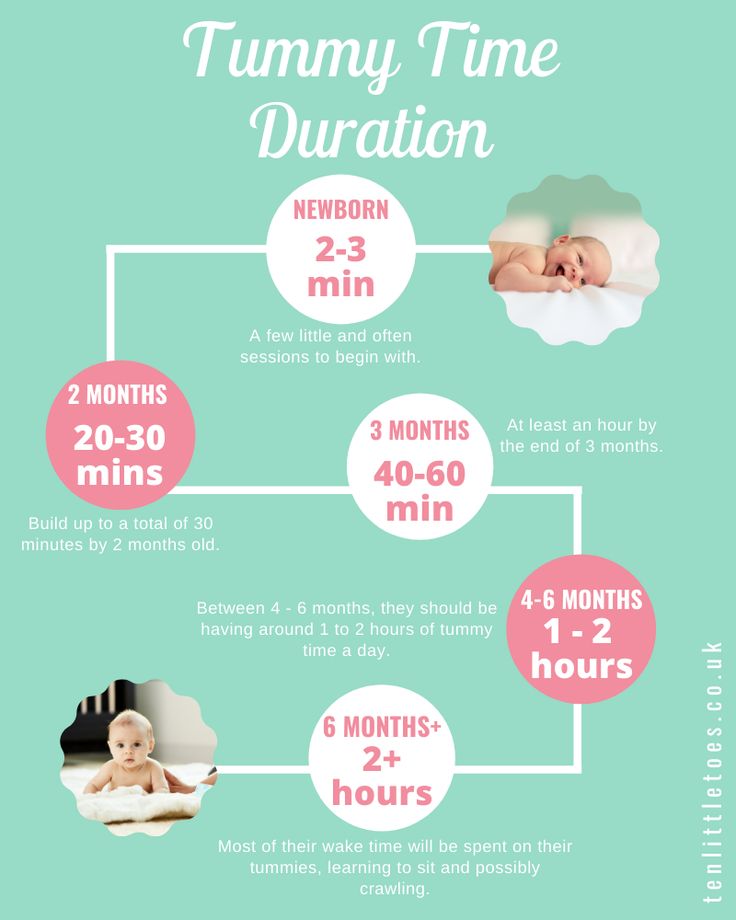 Without problems, he shifts them from one hand to another, but he clamps his right hand strongly. This happens when I sit him down for a moment, while exercising on the ball, and also when he lies on his stomach. What exercises will help to work out this hand. nine0005
Without problems, he shifts them from one hand to another, but he clamps his right hand strongly. This happens when I sit him down for a moment, while exercising on the ball, and also when he lies on his stomach. What exercises will help to work out this hand. nine0005
Expert's answer: Alexandra, we recommend: Vojta stimulation, styloid process stimulation - wrist, massage 3 times a day for two weeks (relaxation of the upper limbs of both hands). Remember to make sure your little one goes up on all fours from the front, with their hands, and not raising their butt. We recommend lying on your stomach on a small cushion, for example, or two braided scarves, with your arms extended. Temporarily we recommend to wear the baby on the stomach, with the right armpit.
nine0002 17. Question: My almost four-month-old son does not want to lie on his stomach. Each attempt to put him on his stomach ends in 10 seconds with crying and soothing him. Are there exercises that strengthen the abdominal muscles and encourage him to lie on his stomach? Expert's answer: Agnieszka, he puts his hands forward well, but aren't his fists too tightly clenched? It is worth putting the child directly on the foam rubber puzzles, as well as putting on pants and opening the feet.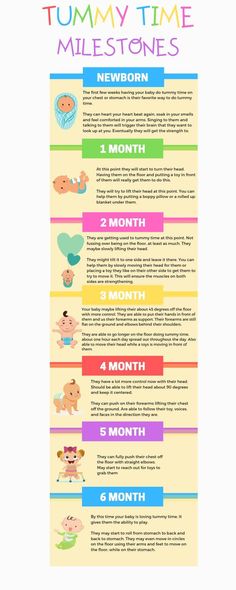 It seems to me that he lacks relaxation of the muscles of the spine - he holds his head with a large bend. But I should have seen the baby. nine0005
It seems to me that he lacks relaxation of the muscles of the spine - he holds his head with a large bend. But I should have seen the baby. nine0005
18. Question: My daughter is 2 months old and she is very tense, and immediately becomes stiff and red, and when I see this, I immediately react and panic, my question is, what if I do not react immediately? Will she be able to calm down on her own?
Expert's answer: Angelica, it's better to consult a neurologist about this.
Visit in January.
Expert answer: Anzhelika, try to go through rehabilitation earlier, the pediatrician will write you a referral. This is the best time to exercise! nine0005
19. Question: How to encourage a 3-month-old baby to lie on his stomach? Pediatricians told him to put it like that because of his underdeveloped intestines and constant colic. However, the baby is constantly crying. We entertain him, for this we have pillows that play and vibrate, but this does not help. He used to raise his head, but now he lies and cries.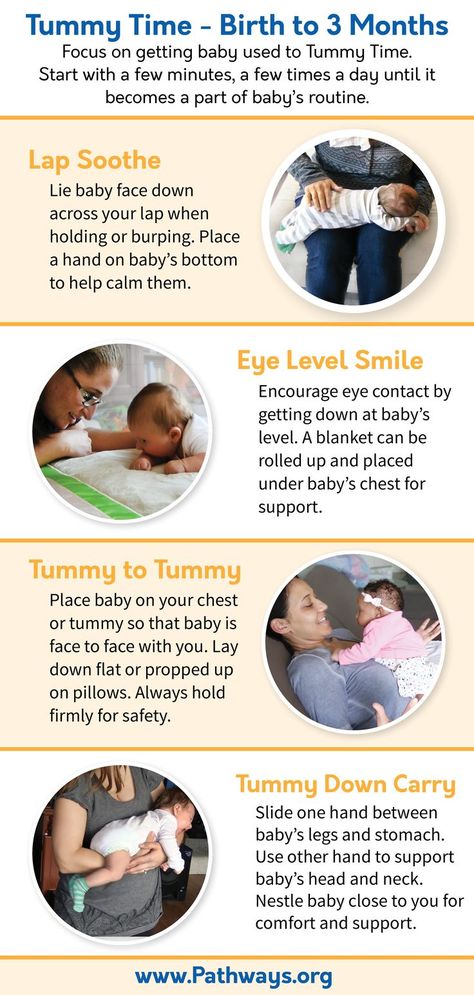
Expert's answer: Kasia, try to relax the muscles of the spine and neck (most likely they are tense). Massage and hydromassage using ozone can help. We recommend relaxation therapy. nine0005
20. Question: Hello, my daughter will be 7 months old on 7.12. Until now, she does not turn on her own from her stomach to her back and vice versa. Lying on her stomach, she tries to "swim" and turns around the axis. The pediatrician says she still has time to roll over on her own, but I'm a little worried. The child willingly stretches out his hand for toys, shifts them from hand to hand. Very cheerful, socially developed and talkative. Can Baby start to crawl first, and only then roll over? I will add that she does not want to sit down on her own. Would you recommend visiting a neurologist and a physiotherapist? Can you recommend any exercises? nine0005
Expert answer: Polina, tell us the details:
Are your hands trembling?
- Is the beard trembling?
Does she wave her arms when she's stressed?
Does he swing his legs?
Is she tense?
Does he clench his toes?
Then the answer will be more accurate.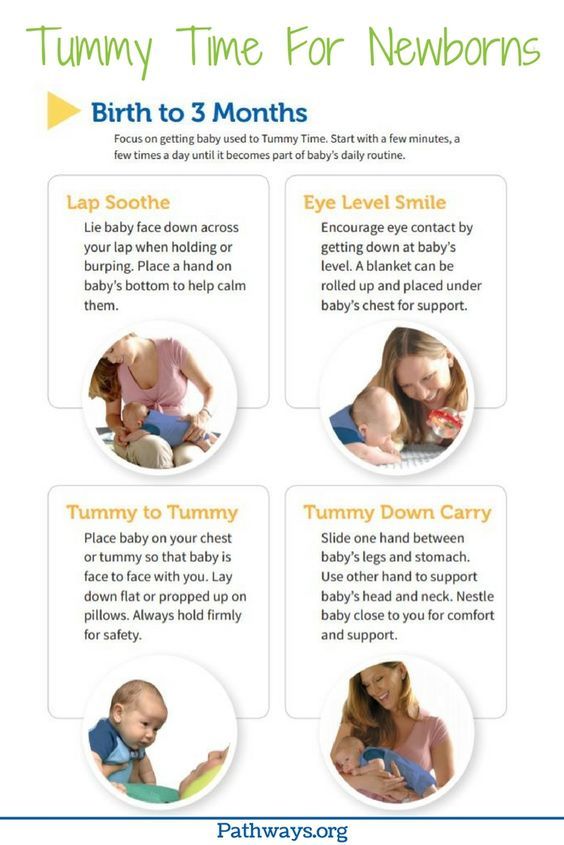
21. Question: My baby is 9 months old, and he is not crawling yet, do I need to sign her up for rehabilitation, she does not even try to crawl, she just tries to get up, she also sits on her own. nine0005
Expert's answer: Nicole, babies optimally start crawling at 10 months. Now she must crawl.
22. Question: Hello, my son is 5.5 months old, when we hold him in our arms, he bends very strongly in one direction or another, sometimes so much that his body forms the letter "C". Maybe I should start doing something about it?
Expert answer: Martha, absolutely. Go see a neurologist and a physiotherapist.
23. Question: Good afternoon! Son 8.12 will be six months old. He does not turn on his stomach from his back and from his stomach to his back. On the side there is no problem, but on the side with a little help it will turn on the stomach. He is drawn to the left side, most often he lies and sleeps on his left side. Should I be worried that it won't roll over? Maybe I need to do some exercises and which ones? We have a neurologist only on January
Expert's answer: Dominica, we recommend rolling it in the sheet, but first of all, we must take care of relaxing the muscles of the neck and back. Pay attention to whether you are carrying the child on one side. We recommend playing "a cuckoo" with your child - especially on the side on which he does not turn over, as well as Chantal's massage. Massage your back twice a day, be vigilant and watch your baby daily. This should help.
Pay attention to whether you are carrying the child on one side. We recommend playing "a cuckoo" with your child - especially on the side on which he does not turn over, as well as Chantal's massage. Massage your back twice a day, be vigilant and watch your baby daily. This should help.
24. Question: Hello, our girl is 14 months old. He's been walking for about a month now, but we noticed that his left leg is turning inward. The family doctor said that we have nothing to worry about yet, but we received a referral to an orthopedist. Do we really have nothing to worry about? Our visit is only two months away. Is there any way we can help her to stop this behavior? nine0005
Expert answer: Joanna, it's worth checking if she turns her head in the opposite direction than her leg. If yes, then you should relax the muscles of the neck from the tense side, i.e. on the side from which she bends her leg. It is also worth checking how it sits on the floor during the game, whether you wear it on horseback and whether the legs have support, for example, while eating.